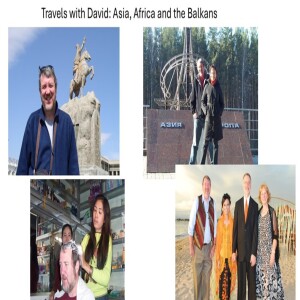
Thursday Sep 12, 2024
Soviet gerrymandering
Before the Soviet era, there were no national borders between the peoples of Centra Asia, and identity was defined by religion, family, clan and place. The Soviets attempted to counter pan-Islamic and pan-Turkic tendencies by constructing nationalities, giving each a defined territory with national borders, along with a ready-made history, language, culture and ethnic profile. Your loyalty was no longer to your tribe, village or faith, but to your nationality as a Kazakh, Kyrgyz, Tajik, Turkmen or Uzbek and to its Soviet Socialist Republic or SSR. For three quarters of a century, internal borders between the SSRs made little difference in the daily lives of people. It was only after the collapse of the Soviet Union, when each SSR became an independent country, that the notional boundaries became national borders. In border regions, nomadic families were no longer free to move their herds between winter and summer pastures; some arable farmers could not reach their wells or found their irrigation ditches cut. Buses stopped at the border and people could no longer travel easily to visit relatives or trade or shop on the market.
No comments yet. Be the first to say something!